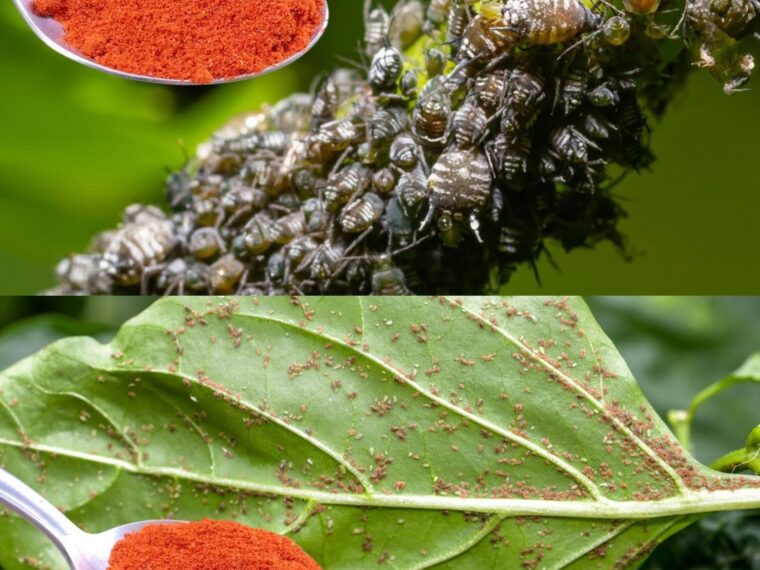Using Cayenne Pepper to Control Aphids
- Cayenne Pepper Spray:
- Combine cayenne pepper powder with water and a mild detergent.
- Let the mixture sit for several hours to allow the capsaicin to dissolve.
- Strain the mixture and spray it directly on affected plants, focusing on the undersides of leaves where aphids often congregate.
- Cayenne Pepper Dust:
- Sprinkle cayenne pepper powder directly on plants, especially around the stems and leaves.
- The powder will irritate aphids and deter them from feeding.
- Companion Planting:
- Plant marigolds or nasturtiums near susceptible plants. These flowers are natural repellents for aphids and can help to reduce their populations.
Safety Considerations
- Wear gloves: When handling cayenne pepper, it’s essential to wear gloves to protect your skin from irritation.
- Avoid contact with eyes: Cayenne pepper can cause severe eye irritation. Avoid getting it in your eyes.
- Pet safety: If you have pets, be cautious when using cayenne pepper outdoors. Ensure that they cannot access treated plants.
Additional Tips
- Combine with other methods: For severe infestations, consider combining cayenne pepper with other pest control methods, such as insecticidal soap or neem oil.
- Monitor plants: Regularly inspect your plants for signs of aphids. Early detection and treatment can help to prevent large-scale infestations.
By utilizing the natural properties of cayenne pepper, gardeners and farmers can effectively control aphid populations and protect their plants from damage. This eco-friendly approach offers a safe and sustainable alternative to chemical pesticides.
Pages: 1 2
